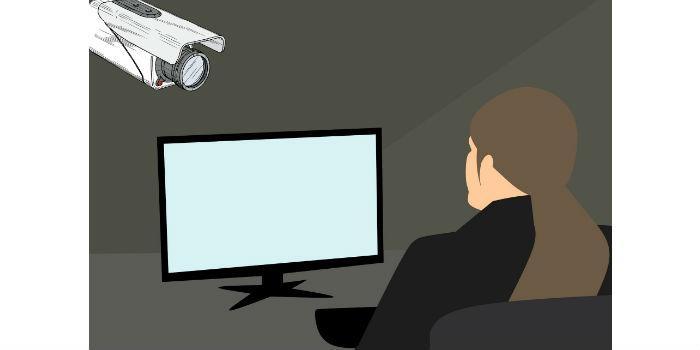 Emerging technology with new models.
Emerging technology with new models.
by Osvaldo Callegari*
The application of new technologies in existing models opens up new development opportunities in today's world. Sectors such as Security are supported by this trend, restraint is also necessary, since ethics and morals intervene when considering methods.
Meaning of Computer or Artificial Vision
Artificial Vision (VA) is a scientific discipline that is composed of different methods for the acquisition, processing, analysis of images, achieving an understanding through numerical formulas treated by a computer.
Just as humans are our eyes and brains to understand the world around us, machine vision tries to produce the same effect so that computers can perceive and understand an image or sequence of images and act as appropriate in a certain situation.
This understanding is achieved thanks to different fields such as geometry, statistics, physics and other disciplines. The acquisition of the data is achieved by various means such as image sequences, views from several video cameras or multidimensional data from a medical scanner.
Prediction in VA is a way of anticipating solving a situation using mathematical algorithms.
"Not all that glitters is gold"
When theoretical concepts must be applied in VA techniques we find different imponderables related to vision and the environment, for example. There are drift factors that generate the need for additional compensation processes to achieve an effective result.
According to the difficulty or origin, the different technical difficulties can be classified with generic definitions.
A. Technical noises
1. Salt and Pepper
Impulsive noise that makes pixels tend to a maximum (white) and a minimum (black). The effect of this noise is to have various black and white dots randomly scattered across the image.
Hence the name Salt and Pepper, because it seems that the image has been sprayed by these compounds.
This noise can appear because of the transmission channels of the images. To solve this noise we can use (despite losing definition) a filter of spatial average.
2. Uniform noise
Noise that affects the image tending to black and white evenly. The effect at first glance of this noise is to perceive interference in the image, as if it were encoded. We observe a screen above the image full of pixels of random values and uniformly expanded. This noise can appear in the quantification processing of an image. To solve this noise we can use (despite losing definition) a filter of spatial average.
3. Gaussian noise
Noise derived from capture equipment following the formula (missing formula). The effect on the image will be similar to uniform only that the noise values are not so abrupt, they will tend more to grays than to blacks and whites. To solve the problem we could use a spatial average filter with Gaussian coefficients.
In all cases, to solve any type of noise we must apply some type of filter compatible with our noise.
Errors in image interpretation
Points of View
As the image is oriented directly to the observer, an animal does not look the same from the front as from the back, although this is still the same animal.
- Illumination: It is the amount of light that the object receives. An object must be distinguishable independently of itself, if it has some dark side due to lighting in the sector.
- Occlusion: An object can be in the background, that is, another object partially blocks our objective when analyzing or extracting it. We would have to be able to interpret a different object that is located between our object and the viewer (observer).
- Scale: It is the factor that determines the size of the image with respect to a real one. In the case of a building, its size will not be the same according to the origin of the captured image, several factors intervene angle, distance. We will have to interpret and identify the object regardless of its origin.
- Deformation: An object can be deformed due to multiple factors. The typical case of a road in summer, the expansion of asphalt generates mirages called Fata Morgana, which resemble water or liquid. Despite these deformations, the system must have the ability to identify it.
- Altered background: An object can be in a messy and chaotic context. In the case of a floor of multicolored mosaics. It is necessary to distinguish it also in the face of this type of occurrence.
Variations within the same class
An object can be disparate to another within its same category. In the case of the chairs, we can observe a multitude of different chairs, but they all have something in common, their four legs, the base where to sit, the back.
A system will be efficient according to how it solves these situations or others, it will be more or less reliable.
Without going specifically into other areas of these technologies where other experts in the magazine teach very well, we simply want to introduce concepts, which over time will be like all things, common currency.
Body Language
One of the methods that generates controversy of how it is applied, since it intervenes with the privacy of people, their habits and their forms. It is one of the most critical issues when it comes to its implementation, which will take large amounts of procedures and authorizations. It is also applied informally without saying anything.
Detection of potential thieves
Japanese company Vaak has developed artificial intelligence (AI) software that can track would-be store thieves, using images from security cameras. The software can detect restlessness and other possible suspicious body language.
Last year, the startup helped catch a thief at a convenience store, where it had set up its software as a test case. The software picked up previously undetected store theft activity.
The software, called Vaak Eye, leverages deep learning from more than 100,000 hours of surveillance data. It alerts store owners based on their scrutiny of more than 100 characteristics of the subject including their face, movement, clothing, direction, stride, and even purpose.
In addition, the software uses available macro data such as crime incidence rate and weather conditions to improve prediction. It also records each and every product the person has picked up and how long each item has been retained by that person.
In the event of a possible theft in a store, Vaak Eye alerts store owners through a smartphone app.
For its part, the company Google uses virtual or augmented reality to establish stereoscopic images which give us another point of view of the technology we are analyzing.
Monitor or display
Augmented or Virtual Reality screens are the windows through which the user sees their world. The displays can be integrated with a standalone hearing aid or your phone's display when placed within a Daydream view.
A lens in front of the screen warps the image displayed on the screen to fill the user's view. Virtual reality displays should render images quickly, so that when the user moves their head and the controllers around the screen they update accordingly without noticeable delay.
Screens should be low persistence to prevent users from experiencing motion blur while moving their heads.
Typically, a screen can be "sample and hold" or "low persistence". Most traditional smartphone and computer screens are "sample and hold," which can lead to motion blur. Advanced displays tuned for VR have a low persistence mode, which reduces motion blur.
Show persistence
Display persistence refers to the duration of the display of a frame (image) on the screen until the next image is rendered on the screen. High persistence screens cause motion blur, as each image frame is displayed to the user for a large proportion of the total frame time, which in a VR environment is awkward and breaks the immersion. VR is best experienced using displays in low persistence mode, which reduces the amount of motion blur. In low persistence mode, each frame is displayed for a very small period of time, with a black screen for the remaining time before the next frame arrives. Because all this happens in milliseconds, it creates the illusion of crisp motion.
A small number of users are sensitive to the flickering effect of the low persistence screen. Users can turn off low persistence mode in VR settings.
Tracking
Tracking is the use of visual and inertial sensors to model the user's position in relation to the virtual world.
Applications must know precisely how the user's head and controllers move to assign position and orientation to the virtual world. For tracking to deliver a comfortable and immersive experience, tracking must be low-latency, highly accurate, and very consistent.
Tracking systems produce what's called a pose: a dataset that describes the position and orientation of a tracked object, such as the user's head and controller. Apps can use that pose to correctly represent the world and use the appropriate audio.
Tracking of 3Dof devices is done through the IMU of the phone. Tracking for a 6DoF headset, such as the Daydream Standalone, uses a more powerful WorldSense tracking, which uses a combination of computer vision and IMU measurements.
Prediction
Tracking is not perfectly accurate and is not instantaneous. While modern IMUs are quite accurate, the error that comes from their measurements builds up quickly and can produce noisy results. If we were to use the raw data from the IMU to generate poses and render the scene, the user would experience a lot of vibrations.
Note: The names and trademarks mentioned are names and trademarks of their owners. Sources of information Vaak, Wikipedia and Sans. Org. Sources may vary in different authors.
* To contact the author of this article write to [email protected]




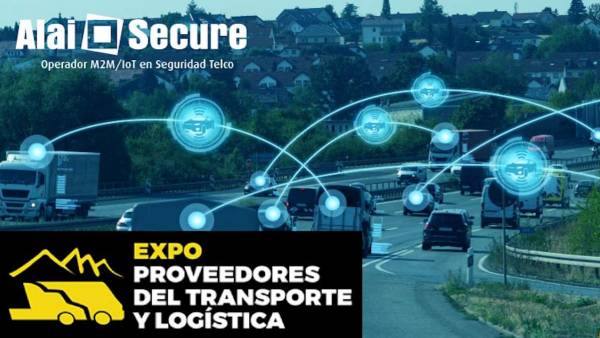
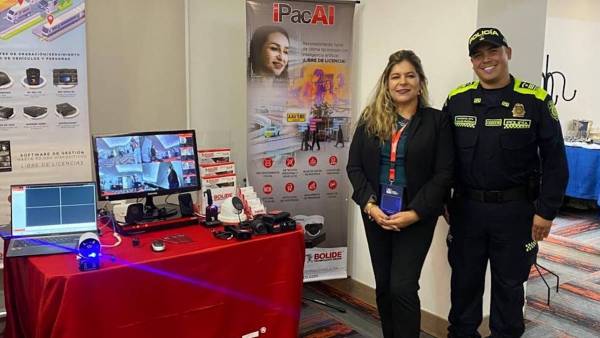
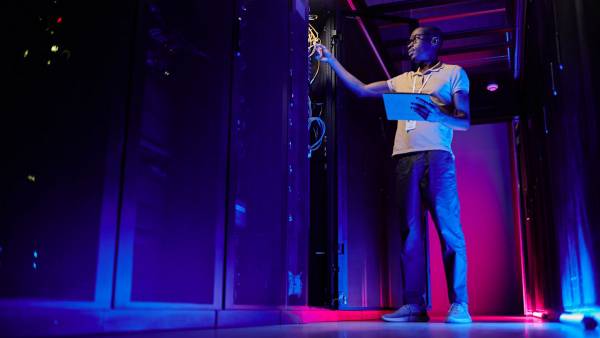
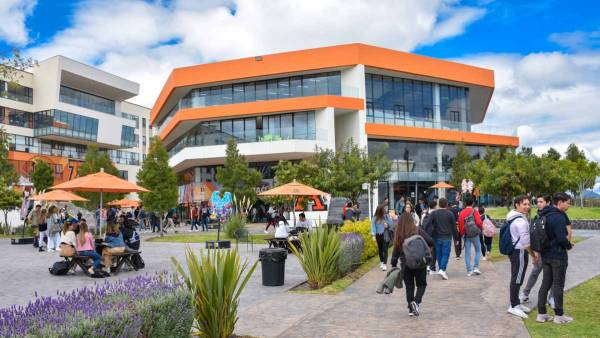
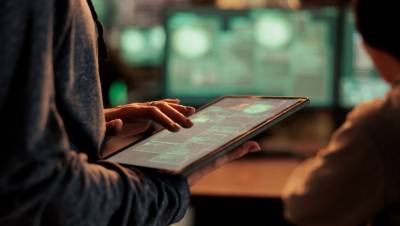
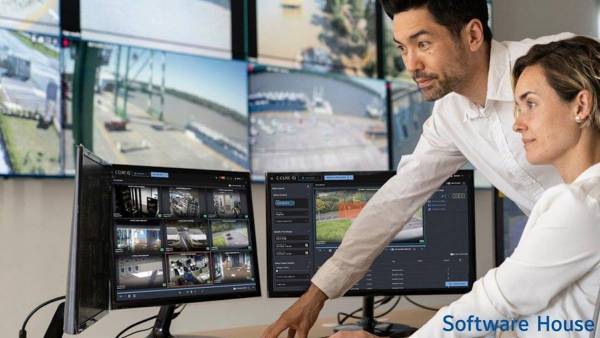
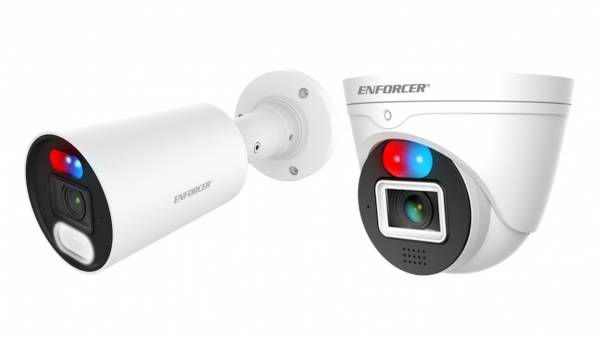
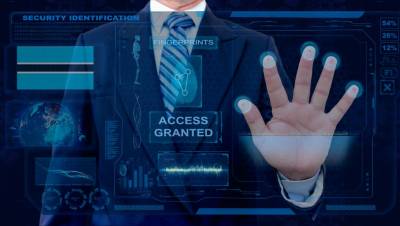
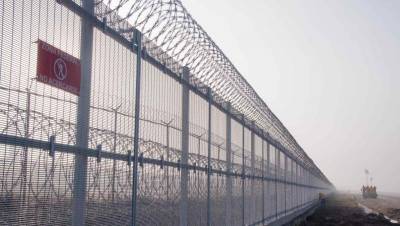












Leave your comment